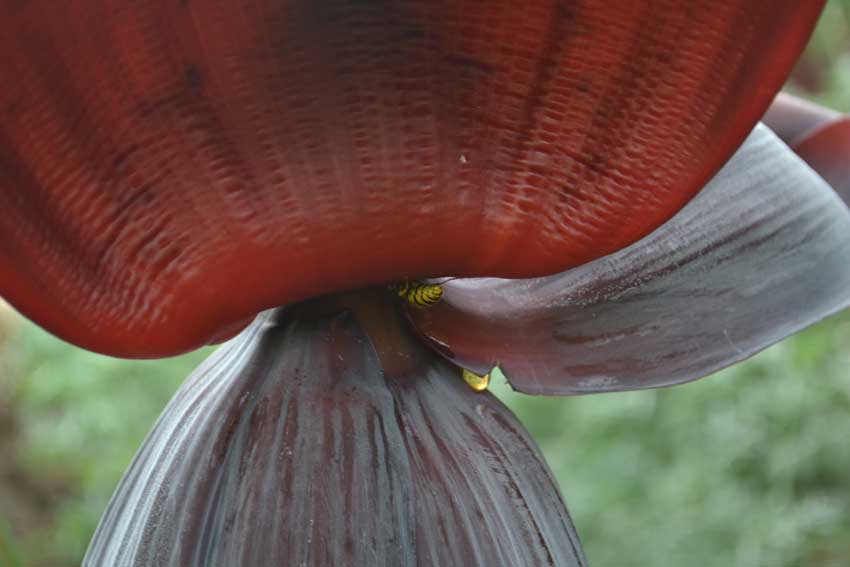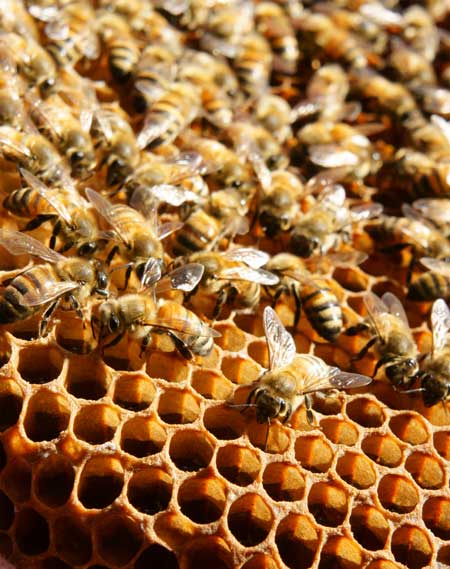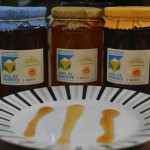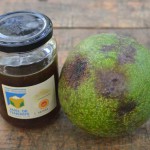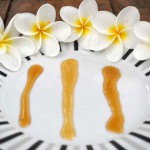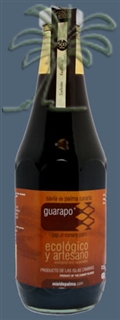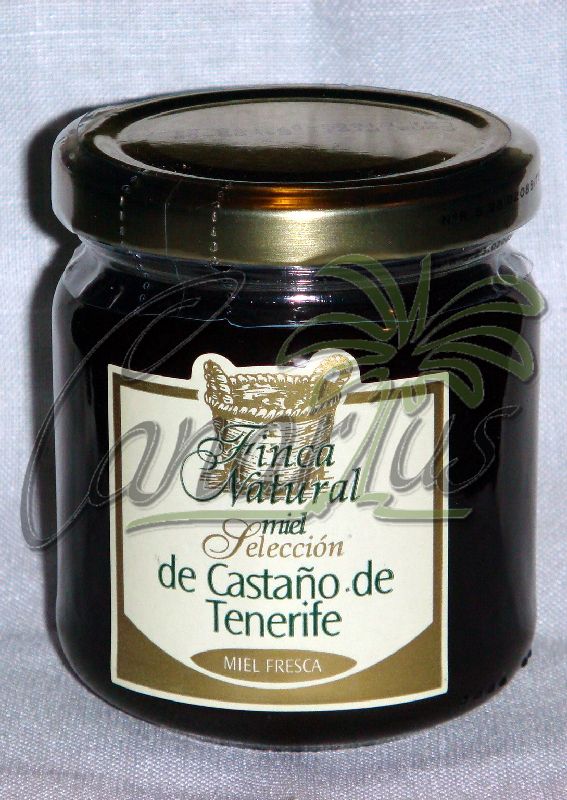These bees are doing something really special! They are collecting resinous secretions from below the bracts of a banana inflorescence. They will use them to make a different type of honey, the renown honeydew honey. “Honeydew” is made out of anything except flower nectar and it is different from all other honeys. It is considered healthier than typical bee honey.
Honeydew honey or ”forest honey” is a sticky liquid, rich in sugar and produced by bees from the sweet secretions of aphids or plant lice (group of soft-bodied, sap-sucking, disease vector insects) and other plant sap-sucking insects. It can be found in banana (banana inflorescences) or avocado plantations.
Other species from which honeydew honey is normally extracted from are pine, fir, oak and cork trees, along with other shrubby plants. However in Tenerife, it’s most common in the aforementioned plants.
Aphids or “plant lice” inject their mouthparts into the phloem (plant tissue consisting of vessels or sieve-tube elements that carry the produced sap) from which they extract the sugary liquid forced out of the end opening of the gut.
Unlike the common honey extracted by bees from flowers, which is more transparent and sweeter, honeydew honey has a much darker colour. It also tastes less sweet and solidifies with difficulty.
Honeydew honey is very healthy and often recommended. It’s a food that is high in minerals, especially in iron (because it has more conductivity than other types of honey). So it is recommended when there are deficiencies in body iron levels. The sugar levels are also lower than the other honeys.
Honeydew honey is produced in the northern part of Tenerife Island during the warmer months. This type of natural food is very popular in Europe and Turkey for its medicinal use.
On our Canarius online store we sell honeydew honey (also called forest honey) certified, in a glass jar with a net weight of 485 grams. Go ahead and try our honeydew honey. Remember it’s healthier!
- From left to right: Wild fennel Honey, Agave Bee Honey and Chestnut Honey
- Two great products of the avocado tree. A fruit and a jar of Avocado bee honey
- We picked the beautifully scented flowers from our Plumeria ‘King Kalakaua’
















